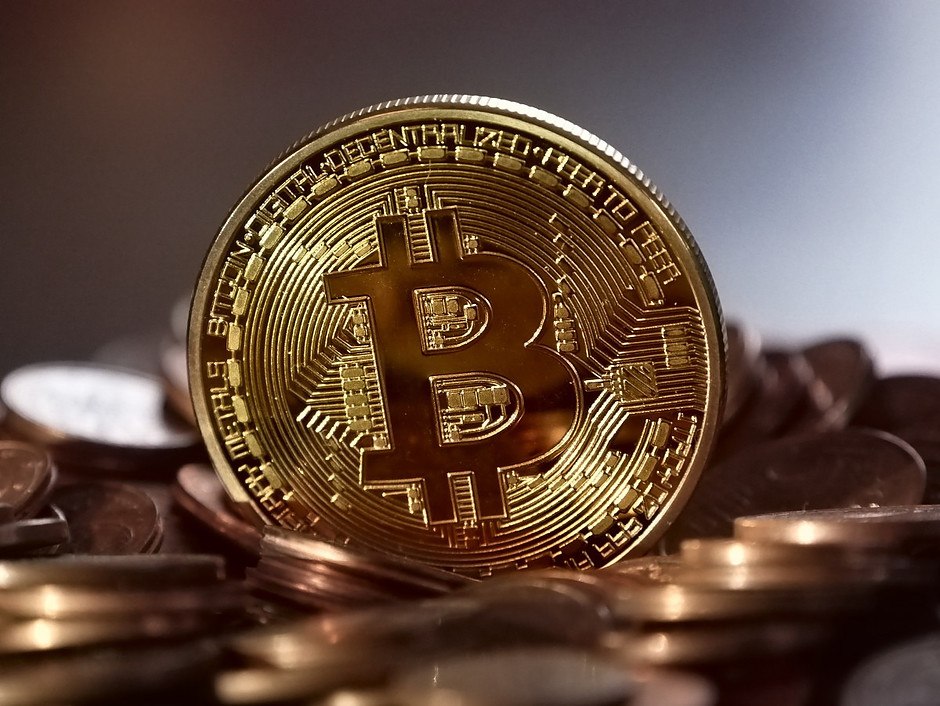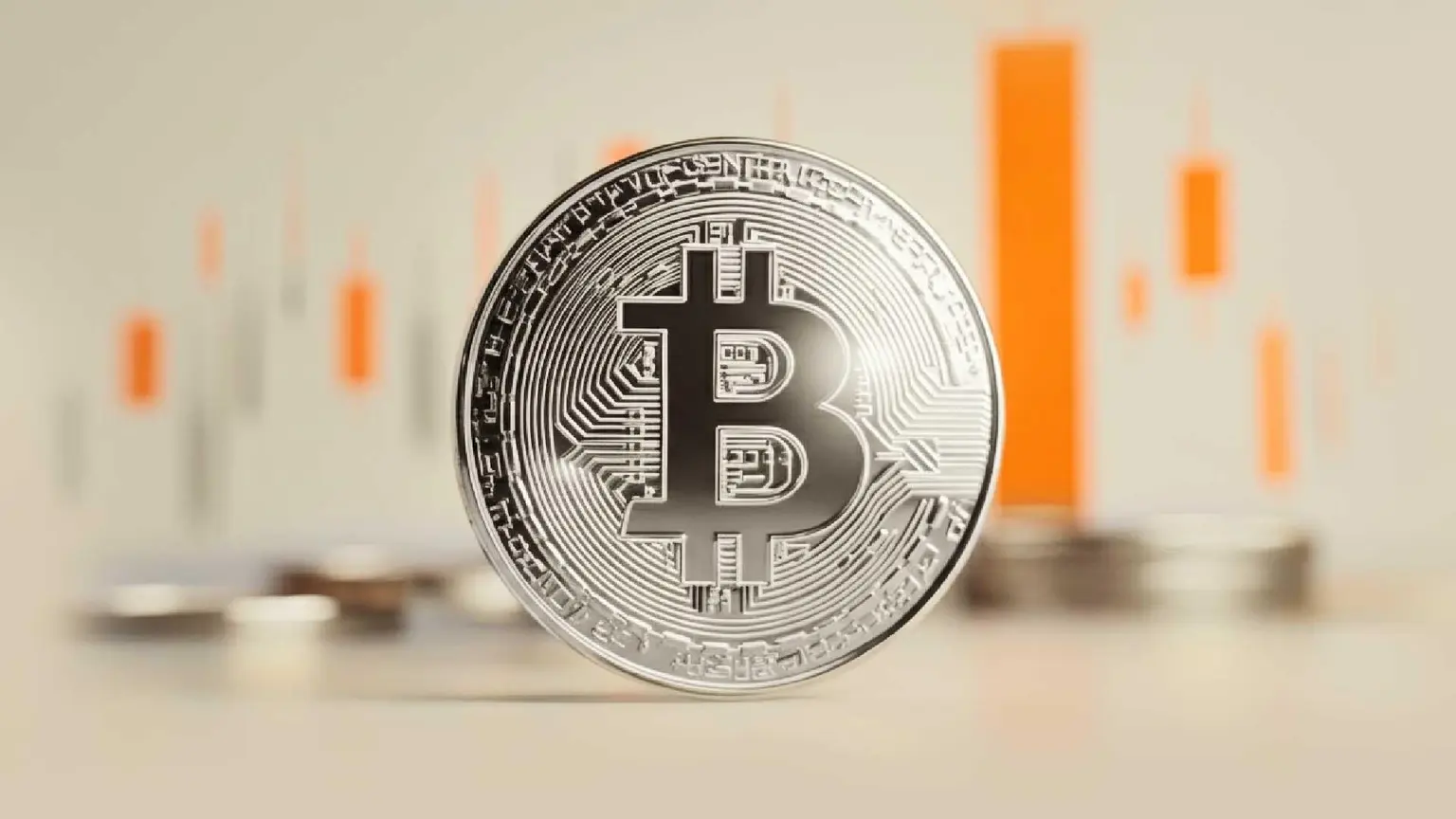Tracing fishy risks with blockchain tech amid the COVID-19 pandemic

Bitfinex wants to recover Bitcoin stolen from them in 2016, even if that means paying to find the hackers responsible for the attack.
COVID-19 is the most devastating plague to ravage humankind this century. Every day, the number of patients infected with the coronavirus is rising globally and taking the highest human toll in the United States. The highly infectious virus was first contracted in November 2019 in Wuhan, the capital city of China’s Hubei province, through horseshoe bat-to-human contact at the Huanan seafood market.
Many of the initial COVID-19 patients were either stall owners, market employees or regular visitors of the market, who rapidly developed a severe respiratory illness. Despite the market being shut down on Jan. 1, 2020, the virus has since rapidly spread airborne during exhalation, talking and coughing via microdroplets small enough to remain aloft in air, spreading to over 200 countries and regions around the world.
Seafood is a major source of nourishment, providing sustenance to billions of people as well as fish and animals worldwide. It is considered to be one of the world’s largest industries, generating a value of about $152 billion in 2017, with more than half of this trade originating in developing regions.
At present, China accounts for nearly 75% of the global seafood and aquaculture market in terms of both volume and value, while the second-largest market share is held by India, followed by Indonesia, Chile, Norway, Japan, South Korea, the U.S. and the United Kingdom.
Seafood industry-related malpractices
At the same time, the seafood industry is plagued by malpractices, including fraud, product mislabeling, tax evasion, price fixing and poor management of fisheries:
- Overfishing — in 2018, almost 90% of global wild fish stocks were either exploited or overfished, and this number is estimated to grow.
- Bycatches — approximately 60% of the seafood taken from the ocean is discarded, lost or wasted in supply chains.
- Illegal, unreported and unregulated fishing — representing up to 26 million tons of fish caught, valued from $10 billion to $23 billion annually.
COVID-19-related risks in seafood supply chains
The COVID-19 pandemic highlighted the challenges and inadequacies of the global seafood supply chain, according to a report prepared by the Food and Agriculture Organization of the United Nations. With the emergence of the pandemic, seafood businesses shuttered their doors overnight, processing facilities ceased or significantly curtailed operations, restaurants shut down, and markets subsequently dried up. As entire fishing fleets hung up their nets, products were left stranded across the globe, hindering the export of seafood products. Furthermore, countries imposed border and trade restrictions and ramped up seafood inspections. This added to industry problems as COVID-19 mysteriously continued to spread to fishing boats and processing facilities, causing great health and financial repercussions worldwide.
China’s General Administration of Customs began mass-testing seafood imports at ports and blocking shipments from fisheries that reported infections among workers, particularly after samples of Sustainable Shrimp Partnership, a group of certified shrimp importers from Ecuador, and Global Salmon Initiative, a group of certified salmon importers from Chile, tested positive for the novel coronavirus on both the inside and outside of packaging.
The 190,000 residents of Dalian — a fishing community with a population of 6.7 million in the Liaoning province, China — were also re-screened for COVID-19 and quarantined after a second wave outbreak linked to a seafood processing firm was reported following the first outbreak 100 days prior. The intense testing of seafood, other products and people for the coronavirus has tripled customs clearance times at some major Chinese ports, hindering global seafood trade flows.
In Argentina, health officials are struggling to piece together how the disease infected 57 of 61 healthy sailors while at sea for 35 days. Alejandra Alfaro, the director of primary health care in Tierra del Fuego, said:
It’s hard to establish how the crew was infected, considering that for 35 days, they had no contact with dry land. Supplies were only brought in from the port of Ushuaia. [The virus] entered somewhere. We have to think that it was human contact or contact with merchandise, products, supplies.
Alfaro added: “We know that for 35 days, no one, or any new input, got on the ship. Obviously something happened, perhaps there has been some degree of contagion inside the boat that was not registered.”
In the U.S., the first major COVID-19 outbreak occurred aboard the Seattle-based American Seafoods’ “American Dynasty.” The huge fishing vessel hosts an onboard fish-processing factory and operates in the Pacific Northwest, which has the highest seafood production, at 25% of global landings. Similarly to the Argentinian case, nearly 75% of the onboard crew (92 out of 126) tested positive for COVID-19, even though all fishermen tested negative when they boarded the ship. American Seafoods is one of the biggest players in the billion-dollar fishery for Alaska pollock, which goes into products like the McDonald’s Filet-O-Fish sandwiches.
A recent report states that the prevalence of COVID-19 on ships is “likely to be significantly underestimated, and strategies are needed to assess and monitor all passengers to prevent community transmission after disembarkation.”
More than 120 workers at Oregon-based Pacific Seafood, a Newport seafood processing plant, also tested positive for the virus in an outbreak so large it contributed to Oregon’s highest single-day count of new cases since the start of the pandemic.
The owners of a seafood processor in Juneau, Alaska thought they did everything right to keep their business safely running during the pandemic. However, even with mandatory COVID-19 screening and a two-week quarantine for out-of-state staff, the virus still found its way into the facility. Alaskan seafood processors are consistently seeing large outbreaks as the rise in COVID-19 infections continues, according to state officials. Dr. Joe McLaughlin, Alaska’s State Epidemiologist, said:
Alaska is currently experiencing three large, separate outbreaks of COVID-19 in the seafood industry. These outbreaks are reminiscent of the meat packing plant outbreaks in the Lower 48 and stress the importance of vigilant symptom screening and prompt facility-wide testing in congregate work settings when index cases are identified.
Seafood safety in the U.S.
Ensuring the safety and quality of seafood products in the U.S. is a joint effort of the U.S. Food and Drug Administration and State regulatory agencies.
The U.S. Food and Drug Administration, or FDA, has the primary federal responsibility for the safety of seafood products in the U.S., which adopted a regulation that requires all seafood processors to utilize a science-based system of preventive food safety controls known as Hazard Analysis Critical Control Point.
However, other federal agencies also play a role in ensuring the safety of certain seafood products.
The U.S. Department of Agriculture, or USDA, has a regulation called Country of Origin Labeling, designed to ensure that seafood available in large retail stores is labeled to identify its country of origin.
The National Oceanic and Atmospheric Administration’s Fisheries Service, part of the U.S. Department of Commerce, is responsible for the management of the nation’s fishery resources in the U.S.’s territorial waters and also operates a voluntary seafood inspection and grading program. It requires traceability for seafood at risk of illegal fishing and seafood fraud through the U.S. Seafood Import Monitoring Program, which currently applies to 13 species of imported fish — including blue crab, cod and tuna — tracing them from the boat to the U.S. border. Ninety percent of seafood consumed in the U.S. is imported, yet only 0.1% is inspected by federal agencies.
The U.S. Centers for Disease Control and Prevention, or the CDC, conducts food-borne illness investigations, provides recommendations to the medical community and “guidance for employers and workers performing seafood processing operations in onshore facilities and aboard vessels offshore,” and uses the Oracle blockchain and the IBM Cloud to support its COVID-19 data collection efforts.
These federal agencies work cooperatively to provide consistent standards and regulations for seafood products and the various industry sectors that fish, farm, harvest and deliver them to consumers. Food safety has become even more critical during the pandemic, with FDA spokesman Peter Cassell stating:
“We have no evidence that Covid-19, a respiratory virus, is transmitted through food or food packaging.”
Seafood fraud in the U.S.
The U.S. seafood industry’s fraud-related issues have exacerbated with the pandemic. In response, the Department of Justice established a new task force and has urged people to report COVID-19-related fraud. Study after study has proven the existence of fraud in the U.S. seafood industry: The Office of the Attorney General in New York found that over 25% of seafood at supermarkets in the state was mislabeled; a study by University of California in Los Angeles and Loyola Marymount found that nearly half of the sushi served in Los Angeles was not what it was purported to be; in its seafood fraud investigation, the ocean-protection foundation Oceana found that 21% of fish tested — species not included under the existing federal traceability program — were mislabeled. Beth Lowell, Oceana’s deputy vice president of U.S. campaigns, explained:
It’s clear that seafood fraud continues to be a problem in the U.S., and our government needs to do more to tackle this once and for all. Seafood fraud ultimately deceives consumers who fall victim to a bait and switch, disguises conservation and health risks, and hurts honest fishermen and seafood businesses. Seafood traceability — from boat to plate — is critical to ensure that all seafood sold in the U.S. is safe, legally caught and honestly labeled.
Mislabeling, fraud and tax evasion
Blockchain technology authenticates the ownership of seafood, makes them traceable, and facilitates their digital transfer. However, some seafood companies found this technology to be irrelevant to their operations.
Phillip Carawan, the owner, president and CEO of Captain Neill’s Seafood Inc., is serving a jail sentence after pleading guilty to the Department of Justice in federal court on charges that his company, at his direction, fraudulently mislabeled over 179,872 pounds of foreign blue crab meat worth more than $4 million as “Product of USA.” Blue crab is a popularly exported species native to the waters of the western Atlantic Ocean and the Gulf of Mexico. From at least 2012 to 2015, the company sold counterfeit crab meat to wholesale clubs such as Costco and Sam’s Club as well as major retailers.
A Virginia blue crab supplier was also accused of cutting a total of 398,000 pounds of blue crab harvested in the Chesapeake Bay with cut-rate crab meat from Indonesia and Brazil while labeling it as a product from the United States. The meat was worth about $14 million.
Roy Tuccillo Sr., his son Roy Tuccillo Jr. and their food processing and distribution companies, Anchor Frozen Foods Inc. and Advanced Frozen Foods Inc., have pleaded guilty to conspiracy to commit wire fraud for importing 113,000 pounds of squid and selling it as octopus to more than 10 grocery stores.
Carlos Rafael, “The Codfather,” is serving a jail sentence for selling more than 782,000 pounds of counterfeit Cod fish as well as tax evasion while he was in charge of a large portion of New England’s fishing fleet.
Minh Phú Seafood Corp’s U.S. subsidiary MSeafood is being investigated by the U.S. federal authorities for violating national trade laws. The company evaded anti-dumping taxes on 57,700 tons of frozen warmwater shrimp — worth $643 million — transshipped from India to the U.S. through Vietnam.
Price fixing and collusion
Blockchain technology allows direct trading of assets by providing trust in transactions and reducing uncertainty through its use of trustworthy self-executing code. From the perspective of competition policy, this technology creates opportunities to enhance competition and efficiency, but also introduces risks of anticompetitive conduct as well.
The top three leaders in the North American shelf-stable seafood industry, whose canned tuna-fish product sales increase during times of economic distress, are:
- Bumble Bee — owned by Taiwan-based Fong Chun Formosa Fishery Company, one of the top-three global tuna traders
- StarKist — owned by South Korea’s Dongwon Group
- Chicken of the Sea — owned by Tri-Union Seafoods of Thai Union Group.
These companies not only trace their tuna products via blockchain technology, but are also members of the World Economic Forum’s Tuna 2020 Traceability Declaration. Nevertheless, each pleaded guilty to criminal price-fixing charges after Chicken of the Sea blew the whistle to avoid paying steep criminal fines. Earlier this year, Chris Lischewski, the former president and CEO of Bumble Bee Foods, was sentenced to 40 months in prison and given a $100,000 fine.
Conclusion
With the emergence of the worldwide COVID-19 pandemic, the Food and Agriculture Organization of the United Nations published a report titled “Blockchain Application in Seafood Value Chains” to raise governmental and international awareness on the role of blockchain in tracking seafood mislabeling and fraud as well as supplying reliable data and product origin in the seafood industry in order for mainstream adoption of blockchain to occur. The report has guided the seafood industry into the Global Dialogue on Seafood Traceability and issued the first-ever global standards for tracking seafood products from point of origin to point of sale in order to verify the authenticity of the food item and validate the sustainability efforts of the producer.
So far, product standards body MarinTrust has announced plans to mandate recording of key data about fish byproducts for traceability and outlined its vision for blockchain’s role. Many seafood companies have joined blockchain initiatives, such as IBM’s blockchain-based Food Trust, Envisible’s Wholechain system, the VeChain Blockchain Traceability Platform, Australia-based Two Hands and Norway-based SeafoodChain AS.
Nevertheless, according to two recent studies, there is still a need for a global network of real-time human disease surveillance systems, which can be based on the use of blockchain technology to track the spread of COVID-19 via the seafood value chain across the world.
Author

Cointelegraph Team
Cointelegraph
We are privileged enough to work with the best and brightest in Bitcoin.




